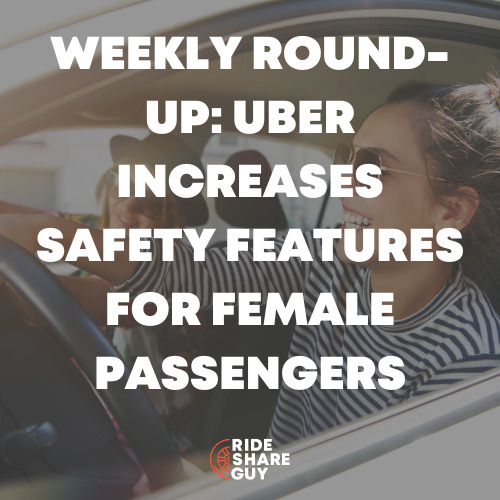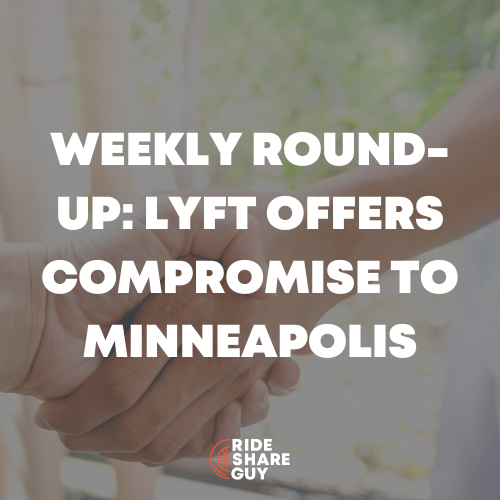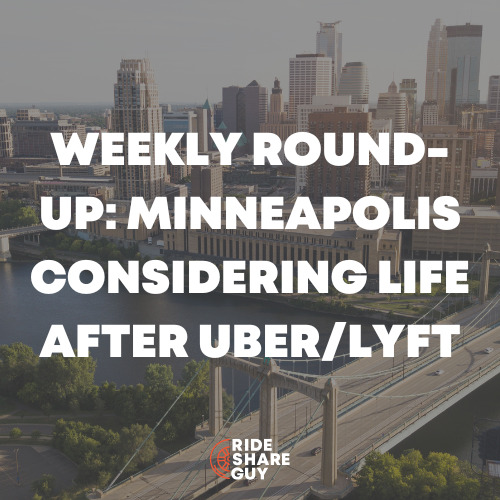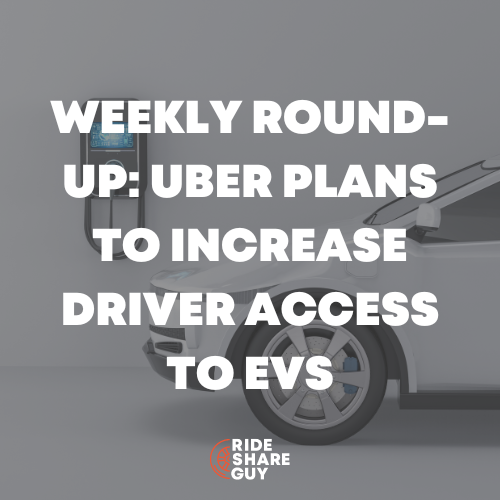Harry here. I’ve been really fascinated by how much money Uber is spending in China, and I’ve always joked that they’re like the ‘Lyft of China’. They are up against some stiff competition, and it doesn’t seem like they’re doing too well. And even though they keep spending more and more money, I’m not convinced that it’s going to work out.
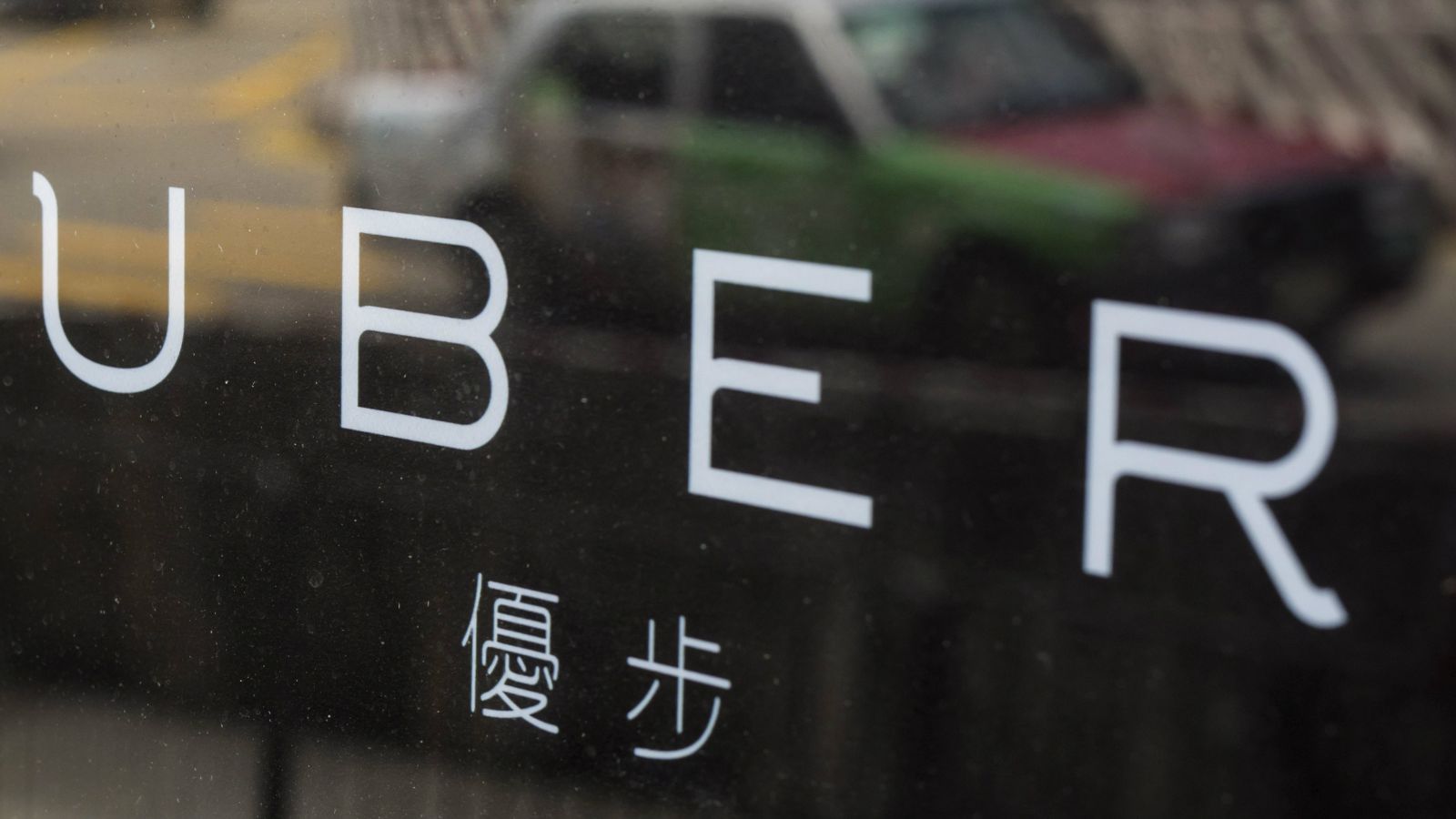
Today, RSG contributor John Ince takes a look at Uber’s foray into China, a big fine handed down by the CPUC, and data about Uber’s yearly revenue.
Uber might have to settle for being the Lyft of China
Sum and Substance: China is one of Uber’s most important markets, and its tenure in the Middle Kingdom is already longer than many expected. But as time goes on, its prospects for thriving in the country are looking quite similar to that of its biggest rival in the US.
The company passed a minor milestone today, announcing its separate Chinese subsidiary Uber China has closed a series B round of venture capital funding. Promisingly, its roster of investors includes high-profile Chinese companies with long histories and ties to the state.
In addition to GAC, a state-affiliated car maker, Uber China’s backers now include the HNA Group, a major travel and logistics company (best known in China as the owner of Hainan Airlines, the country’s largest privately-owned airline); China Taiping Insurance, a Hong Kong-listed insurance company; China Life, another insurance company; and CITIC Securities, an investment bank part of the state-backed CITIC Group.
Aligning itself with state-affiliated Chinese investors is critical for Uber China. The Chinese government will regularly use foreign companies as political punching bags, and now that the government has declared “internet sovereignty” as a matter of national security, tech companies are particularly vulnerable to fines, lawsuits, and state-media smear pieces.
My Take: Uber’s big bet on China has been one of its chief initiatives and selling points to investors. But remember, they have isolated their risks partially by forming a separate corporation to do business there.
In all, Uber has over 40 different companies all connected by the Uber brand and a byzantine legal structure. If Uber fails to win China, they can still come out whole. But journalists like Sarah Lacy of Pando Daily have written extensively on Uber’s China gambit and suggested that their big spending on subsidized fares and driver recruitment is costing the company a lot of money with only limited success.
Uber Fined $7.6 Million In California
Sum and Substance: The California Public Utilities Commission has fined Uber $7.6 million for failing to fully and timely meet the agency’s reporting requirements. Uber has 30 days to pay the penalty, otherwise its operating license will be suspended in California.
The CPUC also held the company in contempt and imposed an additional $1,000 fine. According to the CPUC, Uber failed to provide information “in a full and timely fashion” around the number and percentage of customers who requested accessible cars, and how often it could provide rides for them.
It also failed to provide information around service information, like the number of rides passengers requested and drivers accepted within each zip code, as well as driver safety information. The purpose of providing that information is to help the CPUC ensure that Uber is providing services “in a non-discriminatory manner enabling equal access to all” and that the services are “being provided in a manner that promotes public safety.”
My Take: We can expect this fine to be appealed. Nevertheless, $7.6 million is money that could be going to a lot of other good purposes that might instead benefit drivers. In the context of Uber’s $62.5 billion valuation though, it’s chickenfeed.
Uber’s Losses Grow, But So Do Its Profit Projections — The Information
Sum and Substance: Uber’s losses grew to nearly a billion dollars in the first half of last year, nearly 50% more than its full-year losses in 2014, according to confidential documents issued by the company as part of financing efforts last year. Net revenue in the first half of 2015 was $663 million, the documents showed.
The rising losses reflect expansion efforts in places like China and India. But the company expects older markets in developed countries to generate billions of dollars in profit in the coming years, according to a person familiar with Uber’s thinking
To be sure, Uber isn’t in danger of running out of money. The company has raised more than $6 billion. According to the documents, the company had $4.15 billion in cash and cash equivalents as of June 30, 2015, up from $1.96 billion at the end of 2014.
One positive trend: Uber is keeping a greater percentage of the money it collects from rides. In 2014, the company generated $495.3 million in net revenue, or 16.9% of its $2.9 billion in gross bookings, with much of the rest going to drivers. The first half net revenue amounted to 18.3% of $3.6 billion in gross bookings.
My Take: The magnitude of these losses for a private company are just staggering, and yet investors just seem to shrug off the numbers as the cost of building market share. I’m thinking these investors are really smart or really stupid – no middle ground here.
And yes, you read that right: Uber has $4.15 billion sitting in cash or its equivalents ready to be deployed, and yet Travis Kalanick charges ahead promising investors even greater profits – and does it all with a straight face. Here’s how he rationalizes this: Uber is losing money to gain market share in emerging markets that have fierce incumbents, but overall, it’s increasing the percentage of money it keeps from rider payments. And one projection shows the company could generate $14 billion in profit from developed-world markets during the next four years, as more cities turn cash-flow positive.
What’s really fascinating is that the losses, according to Uber, are attributable to “higher sales and marketing expenses.” What exactly is that? Driver bonuses? Free rides to new passengers? Advertising? One thing is for sure – from the perspective of Uber and investors, it’s absolutely essential that the company keeps ever increasing percentages of the fares. Translated into Uber-speak, this means: the less drivers make, the more we make. This business is a zero sum game – whatever Uber takes out of the gross fares goes straight to their bottom line – and, in the final analysis, the bottom line is all that investors and Uber execs care about. Welcome to Uber-world.
A former Uber driver who slept in her car just won a $15,000 legal settlement with Uber
Sum and Substance: Hephzibah Dollar started driving with Uber to make a living and find a home for her two boys. She didn’t have a place to live at the time, so she put her possessions in storage, leased an SUV from Uber’s partner Santander, then drove it all day long until she had to pick up her boys.
All three of them slept in the back of the SUV at night. Dollar had the idea she would be making $800 to $900 a week, but then her paychecks came in. Pennies, she told Business Insider. “I should have been bringing home $400 to $450. They were taking out the payments, riders’ fees, insurance fees. They had all these excess fees they were pulling out,” she continued.
The Los Angeles-based Dollar filed a complaint with the California Labor Commissioner’s Office in April 2015 for commissions earned during her six months of driving. Combined with unauthorized deductions and reimbursable expenses, Dollar claimed Uber owed her $15,018.30 for her time driving.
On December 29, Uber decided to settle and pay Dollar the full $15,018.30. “While we disagreed with these claims, we have decided to focus our resources on the bigger picture, including the O’Connor case,” an Uber spokesperson wrote. A settlement does not admit fault, and Dollar is not considered an employee of Uber as a result.
The company has been facing backlash from some drivers who have taken to filing with the Labor Commissioner’s Office or joining class action lawsuits. At the heart of all of them, Dollar and other drivers believe they are employees, not independent contractors, as Uber claims. The reason? Control. “I was treated like an employee.” It wasn’t until Christmas that she got the call that Uber wanted to settle, and she needed to decide fast. Dollar agreed to the $15,000 on December 29.
My Take: So the big question here is why Uber wanted to settle. My guess is that they didn’t want to establish any more legal precedents that could undercut the arguments they intend to present next June in the big case in San Francisco. Uber already lost one case before the California Labor Commission. That one only cost them about $5000 in cash, but it cost a lot more in public relations and legal precedent. That case is now routinely cited by those who argue that drivers are employees. While CLC rulings don’t carry the force of law, they do establish modes of argumentation and help establish legal mindsets. I suspect Uber just wanted this case to go away as soon as possible with a minimal publicity. For a company that has raised $8 billion from investors and has $4.15 billion in the bank, $15,000 is a drop in the bucket.
Drivers, what do you think about this week’s stories?
-John @ RSG
